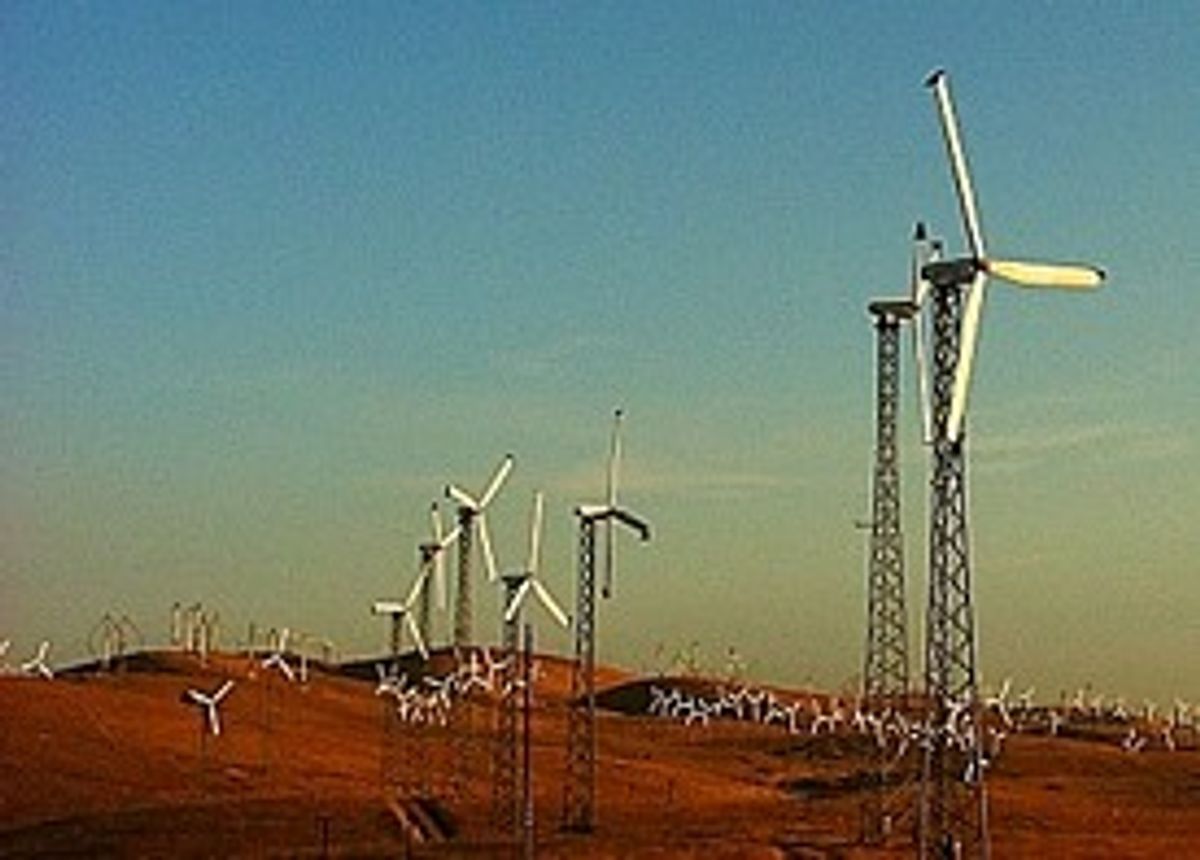NextEra Energy agreed to upgrade many of the 2,400 turbines it owns at Altamont; it will replace small turbines with fewer larger ones, resulting in a similar power generation capacity of about 240 megawatts. Having fewer turbines spaced slightly farther apart will theoretically reduce the risks for birds who fly through the migration corridor.
The agreement, which could see 80 megawatts of turbines upgraded by the end of 2011 if permitting happens fast enough, stems from a lawsuit filed by the Audubon Society aimed at protecting the birds of the Altamont area. “This agreement addresses the problem arising throughout the state: balancing the need for renewable energy generation with subsequent impacts to wildlife,” said Bob Power, Executive Director of the Santa Clara Valley Audubon Society, in a press release [pdf].
It will be interesting to see results from subsequent monitoring of wildlife impacts at Altamont. It does seem likely that fewer, bigger turbines will reduce bird fatalities, but what about bats? Bats most likely die around wind turbines not because of impacts but because of barotrauma: sudden drops in air pressure that exist immediately around the spinning turbine blades basically cause the bats' lungs to explode. Will bigger turbines create bigger pressure drops, and thus more bat fatalities?
It is difficult to predict, but at least one study [pdf] showed that higher turbines do increase bat fatalities. Still, it is undoubtedly progress to try and maintain the energy output of Altamont while minimizing an ongoing point of contention in renewable energy circles by reducing bird fatalities.
(Image via Xah Lee/Wikimedia Commons)
Dave Levitan is the science writer for FactCheck.org, where he investigates the false and misleading claims about science that U.S. politicians occasionally make.




